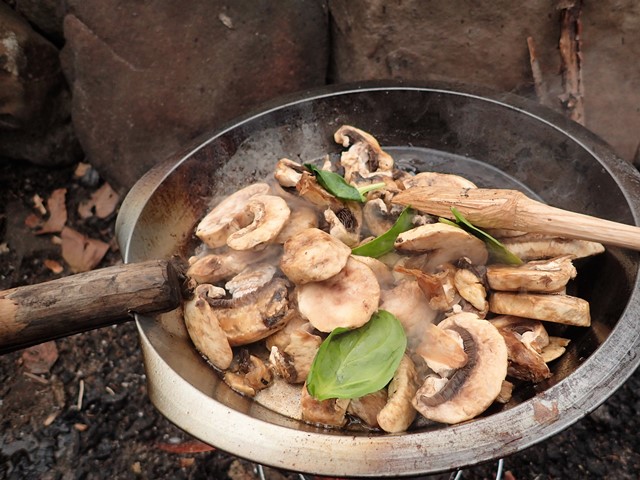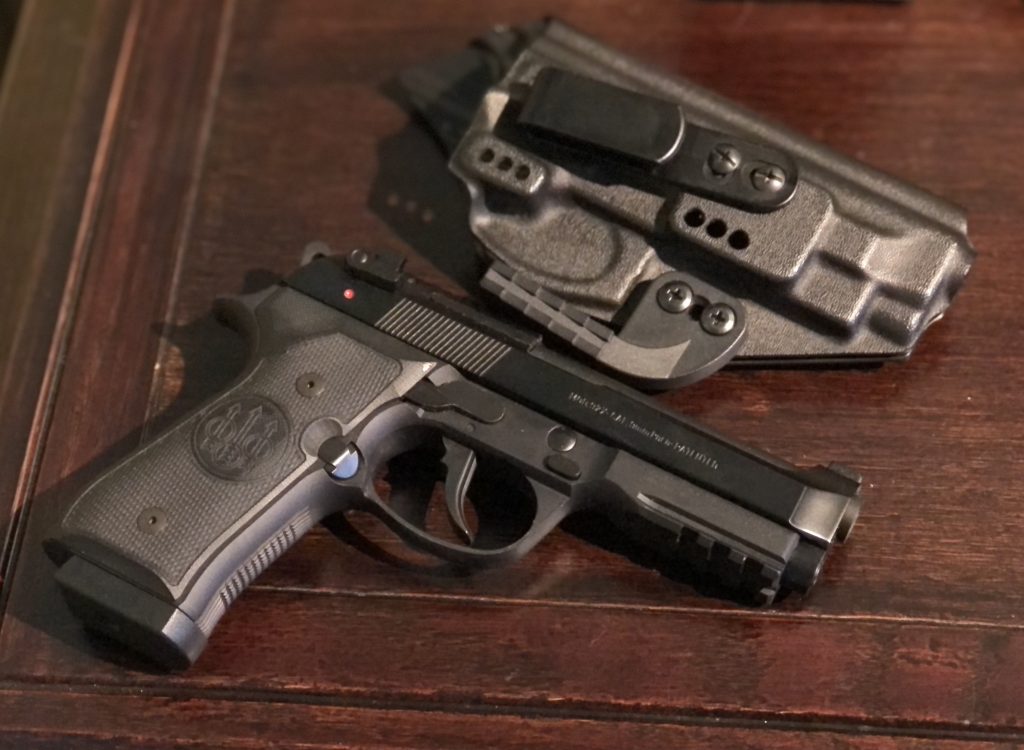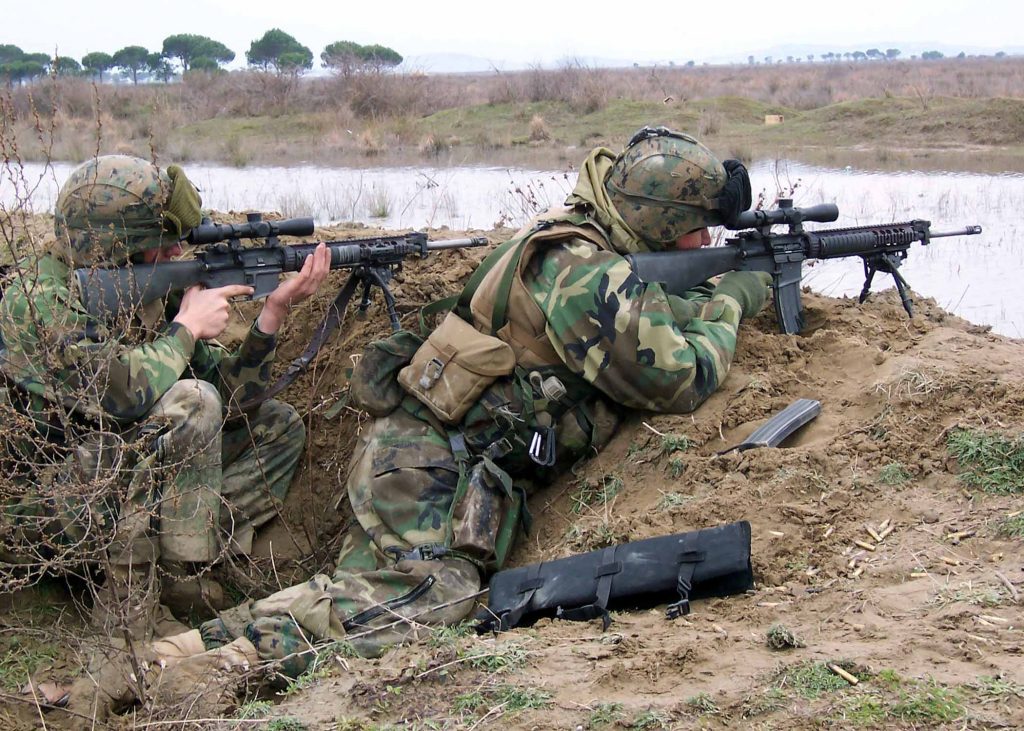I’ve been called a hobo for my style of packing and camping. I reply, “Is it hobo or good living?” The term hobo may be thought of in a derogatory way, but not to me. Hobos had tools and skills, yet were used to roughing it in the true sense. Here are a few hobo skills we can all learn from and ways to utilize gear and refuse in an old-school way.
Hobo Skills
A “hobo” is a migratory worker or wanderer who travels by freight trains. They seek employment and opportunities. Hobos have a unique culture shaped by their nomadic lifestyle. Unlike “tramps,” they are willing to work for food or money. “Bums” often avoid work altogether. Hobo culture includes distinct skills, symbols, and traditions passed down through generations.
You can utilize hobo skills in survival scenarios, making the most of what you find, create, or trade for. Like backpackers and minimalists, hobos also had that multiuse mentality. Carry items that have multiple uses whenever possible, and consider modifying your gear accordingly. Finally, hobos are ingenious and have the tools and skills to create what they need while on the go!
Advertisement — Continue Reading Below
Pie Tin Skillet
I refer to it as a pie tin, loosely. In fact, it’s not the cheap foil tin type that is disposable. I saw a baking pie pan on sale and tried incorporating it into my camp cook kit. First, I procured a broomstick-thick piece of wood and cut it to length. Then, I made a notch for the pan to fit into with a simple cut from a Swiss Army Knife. The rim of the pan needs to be bent to increase grip and stability, especially when full of food. I played with it until it fit just right.
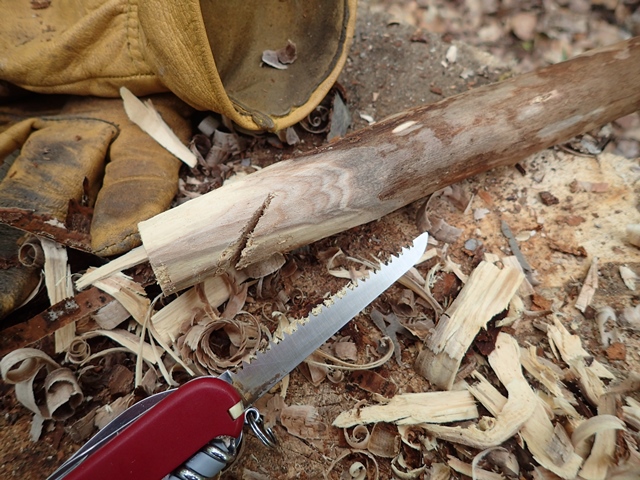
I converted the baking pan into a Hobo Skillet and found another use for it after removing the handle. The empty, clean pan easily fanned the flames for my campfire. So, hobo or good living? I call it good living!
Advertisement — Continue Reading Below
Good Living with Cardboard
Cardboard is an insulator. In the 2012 movie, Big Miracle, there’s a scene on the ice where a kid is selling cardboard. The idea was to stand on it while watching trapped whales in a small town in Alaska. At first, the cardboard was priced very low, but the smart kid eventually raised the price drastically.
That’s the power of cardboard as an insulator. So, when I toted a large Priority Mail box to the woods for my insulation, I was expecting good results. As expected, it insulated well, as I slipped down the smooth surface all night. I should have adjusted the hammock, but I like a little suffering. It was definitely a case of hoboing over good living.
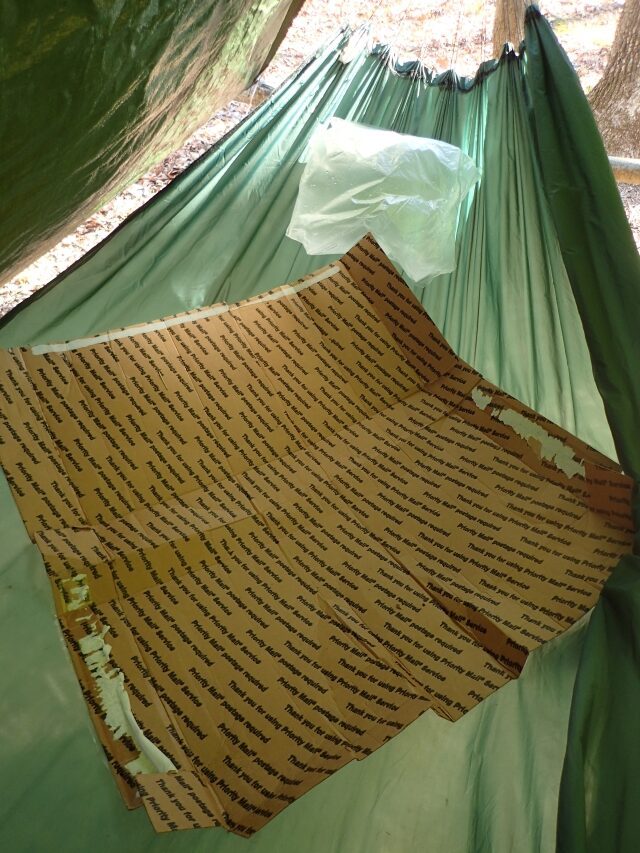
Advertisement — Continue Reading Below
Good Living Hobo Stove
A hobo stove is a genius concept. They’ve been in production for decades before Emberlit and Uberleben entered the game with their twig stoves. Original hobo stoves come in various sizes, each with its own unique design. Many hobos create stoves from food or coffee cans. They all run on combustible fuel like paper, sticks, scrap wood, and rags. Some of these stoves feature a round surface on top that serves as a griddle, while traditional stoves have an open top.
Starting with an open can, poke holes in the bottom and top rim for airflow. Decide if you want a fuel port to add sticks and fuel. The port can be at the bottom, allowing you to slide fuel in, or atop, where valued coals can’t escape. Remember, hobos had tools and skills. In reality, you need a can opener and a knife, but tin snips would make it safer and easier. Hobo or good living? I call it good hobo living!
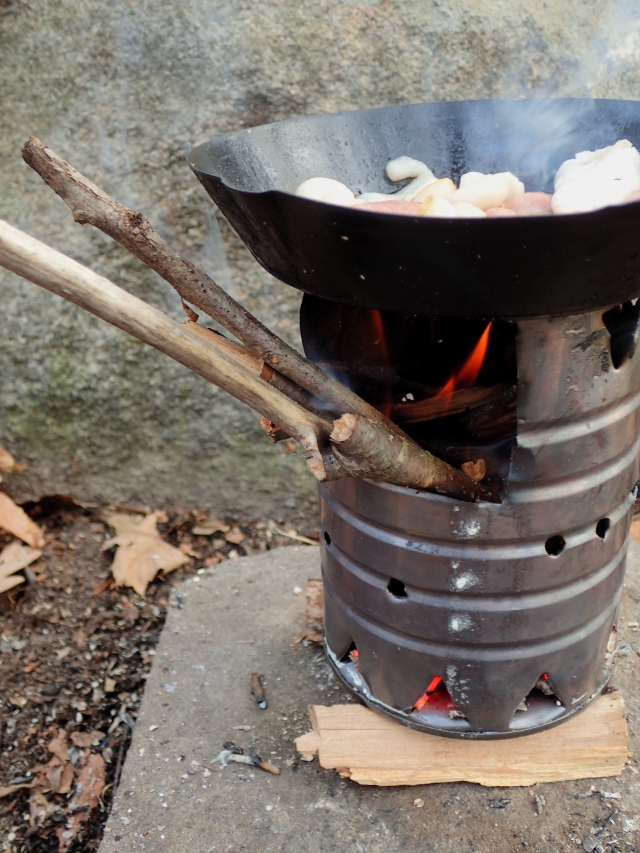
Advertisement — Continue Reading Below
Box Wine For Hobo Comfort
Spoiler alert. Box wine is really in a bag. Several years ago, putting together my Covid Hunker Down Camp, I decided to add items that were easy to obtain. Rather than stash a good camp pillow in the forest, I used an empty wine bag. It was easy to adjust the firmness with the valve. However, you had to deal with a certain amount of Pinot Grigio or White Zinfandel in the air.
I tried it in a hammock first, with minimal air, since a hammock doesn’t really require a pillow. It was in the hot summer months, and the hammock was the way to go. However, during the colder months, I used the wine bag on my pole bed on several overnight trips. It worked ok, but obviously I needed to cover the bag with a hanky or some cloth. It can be slick and want to glide off the wooden poles, so I put it inside my bivy. Hobo or good living? Both.
Hobo or Good Living Conclusion
A tracker once said after studying tracks and constantly looking for signs, “You’ll never look at the ground the same.” The same is true when looking at bottles, tin cans, metal, and other waste—it will never look the same!
Advertisement — Continue Reading Below
